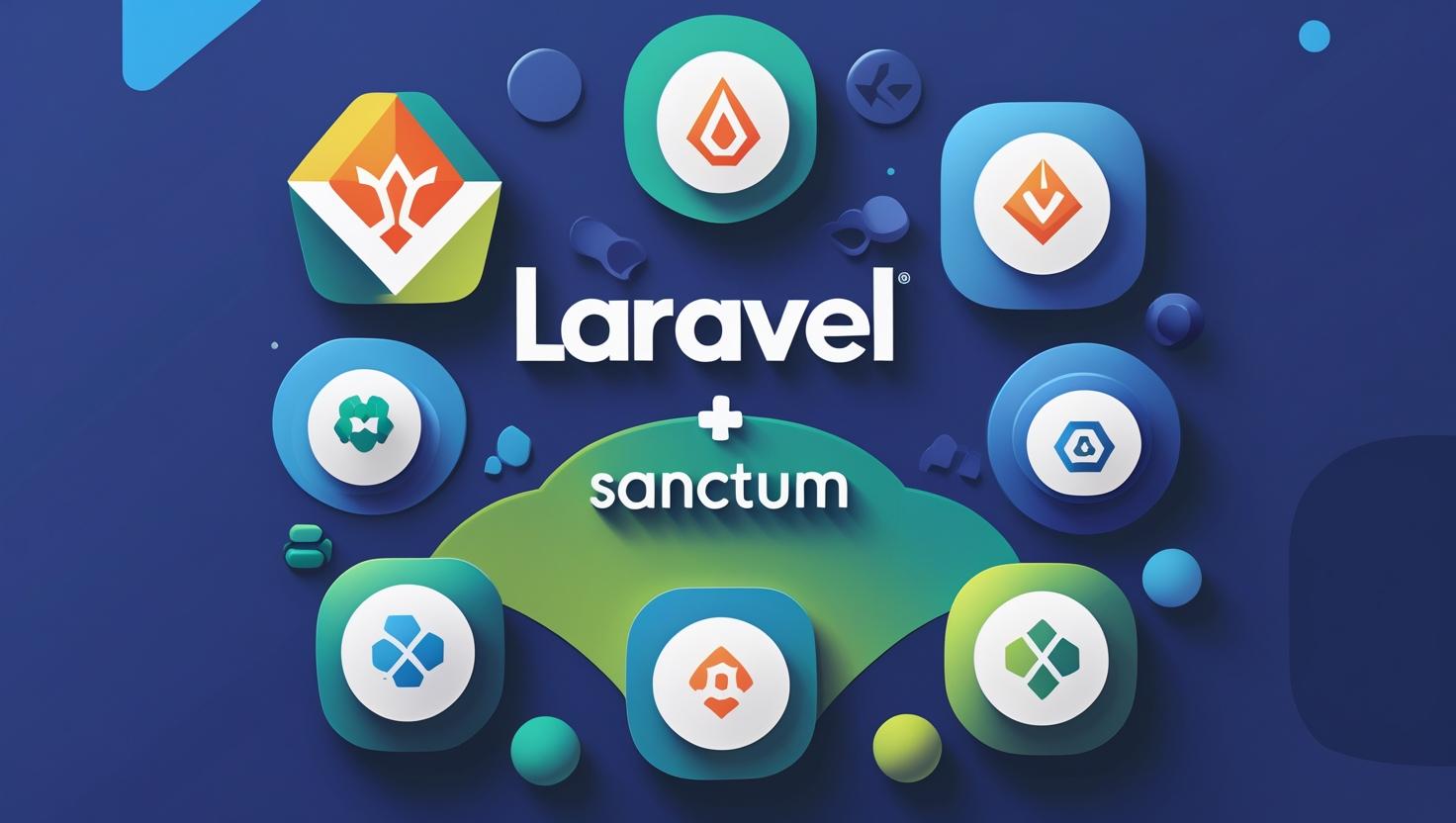APIs are the backbone of modern web and mobile applications. Whether you're building a single-page app (SPA), a mobile app backend, or a third-party developer API, Laravel Sanctum makes authentication simple and secure.
In this tutorial, you'll learn how to build a basic RESTful API in Laravel using Sanctum — complete with user registration, login, token-based authentication, and protected routes.
🔧 What is Laravel Sanctum?
Laravel Sanctum provides a featherweight authentication system for SPAs and simple token-based APIs. It is perfect when you need:
-
API tokens (for mobile or external apps)
-
Session-based authentication (for SPAs)
Unlike Laravel Passport, Sanctum is easy to set up and doesn't require OAuth2.
🚀 Step-by-Step: Building the API
✅ Step 1: Install Laravel
✅ Step 2: Install Sanctum
Then publish the Sanctum configuration:
Run the migrations:
✅ Step 3: Configure Sanctum
In app/Http/Kernel.php, add:
Also, ensure API middleware group includes auth:sanctum:
✅ Step 4: Create User Registration & Login Routes
Create the API routes in routes/api.php:
✅ Step 5: Protect Routes with Sanctum
Add a protected route that requires a token:
Use the token in the Authorization header:
✅ Step 6: Test Your API
Use Postman or Insomnia to test:
-
POST /api/register– create a new user -
POST /api/login– receive an API token -
GET /api/profile– protected route (requires Bearer token)
🛡️ Extra Security Tips
-
Use throttle middleware to prevent brute force
-
Implement token revocation and logout endpoints
-
Use HTTPS in production for encrypted token transmission
-
Sanitize all input and validate extensively
📦 Sanctum vs Passport: When to Use Which?
| Use Case | Sanctum | Passport |
|---|---|---|
| Mobile apps / SPAs | ✅ Yes | ✅ Yes |
| OAuth2 (third-party apps) | ❌ No | ✅ Yes |
| Lightweight API auth | ✅ Yes | ❌ No (heavier) |
| Simpler setup | ✅ Yes | ❌ No |
✅ Final Thoughts
If you're building a modern API in Laravel in 2025, Sanctum is the go-to solution for fast, secure, and token-based authentication.
It integrates seamlessly with Laravel's core features, requires minimal setup, and is ideal for SPAs, mobile apps, and internal APIs.
